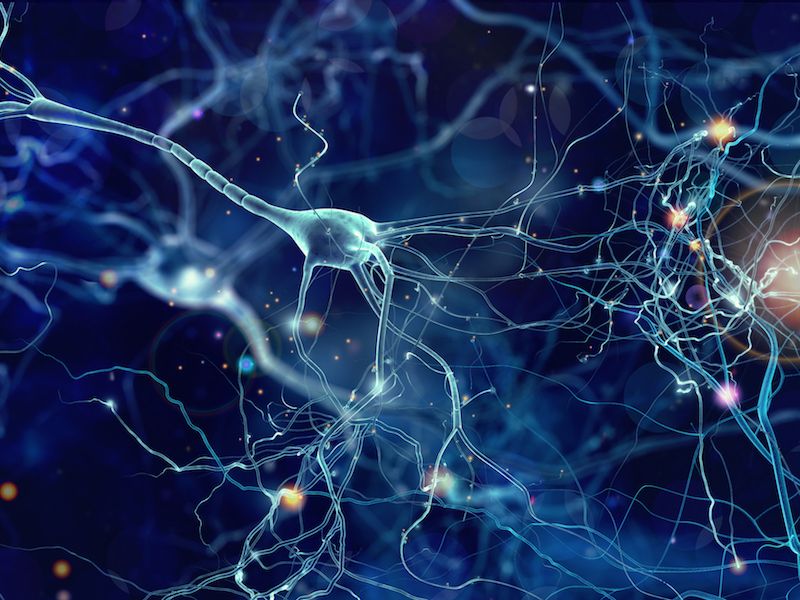
Do you invest much time considering your nervous system? Most likely not all that frequently. Normally, you wouldn’t have to be concerned about how your neurons are communicating messages to the nerves of your body. But when those nerves begin to misfire – that is when something isn’t working properly – you tend to pay much more attention to your nervous system.
There’s one specific disease, known as Charcot-Marie-Tooth (CMT) disease, which can impact the nervous system on a relatively large scale, though the symptoms usually manifest mainly in the extremities. high-frequency hearing loss can also be the result of CMT according to some research.
Charot-Marie-Tooth Disease, What is it?
Charcot-Marie-Tooth disease is a set of inherited disorders. In essence, these genetic conditions cause something to go wrong with your nerves or with the protective sheathing surrounding your nerves.
There is an issue with the way impulses move between your brain and your nerves. A loss in motor function and sensation can be the outcome.
CMT can be present in several varieties and a mixture of genetic considerations usually lead to its expressions. Symptoms of CMT usually begin in the feet and work their way up to the arms. And, high-frequency hearing loss, strangely, has a high rate of occurrence in those who have CMT.
The Cochlear Nerve: A Connection Between CMT and Loss of Hearing
The connection between CMT and loss of hearing has always been colloquially established (that is, everyone knows somebody who has a tells about it – at least within the CMT community). And it was difficult to grasp the link between loss of sensation in the legs and problems with the ears.
The connection was firmly established by a scientific study just recently when a group of researchers examined 79 people with CMT at the University of Iowa Hospitals and Clinics.
The findings were rather conclusive. Nearly everyone with CMT passed their low and moderate frequency hearing exams with flying colors. But high-frequency sounds (in the moderate region particularly) were easily heard by all of the individuals. high-frequency hearing loss, according to this research, is likely to be associated with CMT.
What is The Cause of Hearing Loss And How Can it be Treated?
The connection between high-frequency hearing loss and CMT could, at first, seem puzzling. Like all other parts of your body rely on properly functioning nerves. That also goes for your ears.
What the majority of researchers hypothesize happens is that the cochlear nerve is affected by the CMT – disrupting your ear’s ability to interpret and transmit sounds in a high-frequency range. Anybody with this type of hearing loss will have a hard time hearing some sounds, and that includes voices. Particularly, make out voices in crowded or noisy rooms can be a real challenge.
This kind of hearing loss is usually managed with hearing aids. There’s no recognized cure for CMT. Modern hearing aids can select the exact frequencies to boost which can offer appreciable assistance in battling high-frequency hearing loss. Also, most modern hearing aids can be adjusted to function well inside of noisy surroundings.
Multiple Reasons For Hearing Loss
Researchers still aren’t entirely sure why CMT and hearing loss seem to co-exist quite so often (beyond their untested theory). But this form of hearing loss can be successfully treated using hearing aids. So scheduling an appointment to get a fitting for hearing aids will be a good decision for individuals who have CMT.
There are many causes for hearing loss symptoms. In some instances, hearing loss is caused by excessive exposure to damaging sounds. Obstructions can be yet another cause. It also looks as if CMT is another possible cause.
